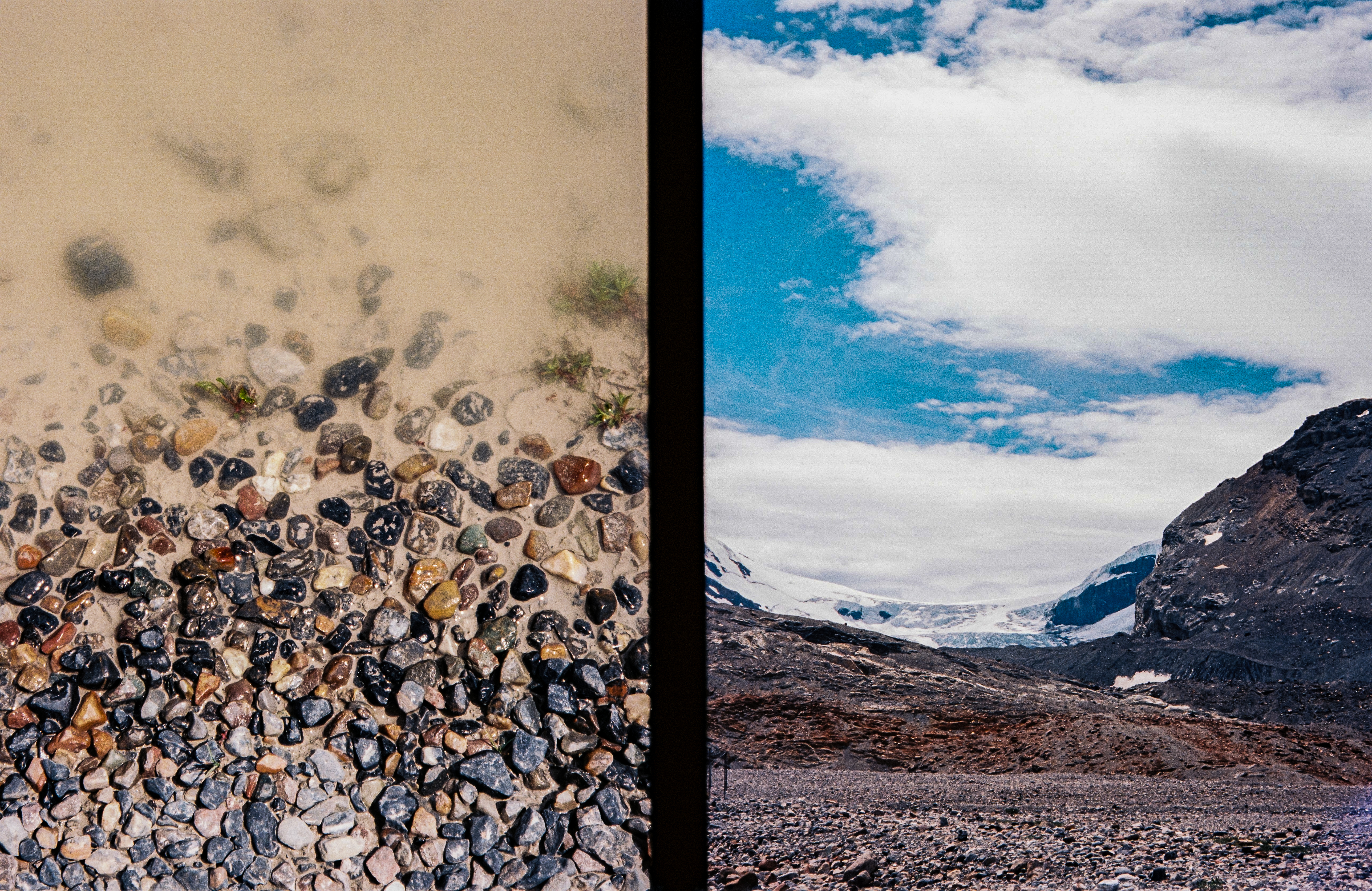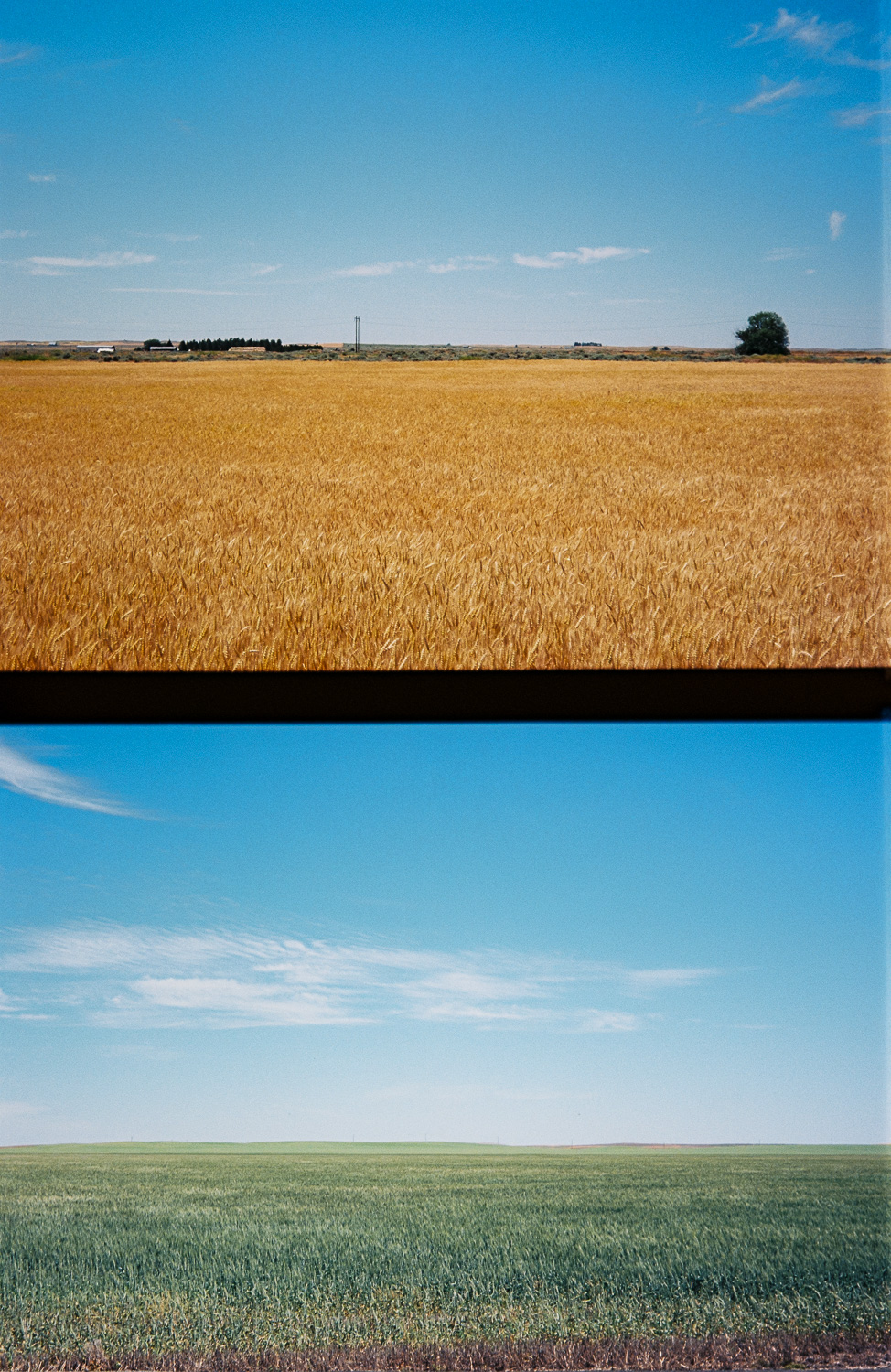o
m
e
Constellations, 2022-
Individual photographs are as stars in a larger constellation. The four frames of the photographic image contain a flash, the transmission of light carried across time and space. Like the twinkling of a distant star, the photograph carries light from the past into an indefinite future. Within the photograph, what was once (unseen) is translated across time to take on new forms for the viewer. The photograph, be it exposed on film or digitally, is indexical, a physical trace of the world captured onto a reactive source. Light bounces off the photograph’s subject, is manipulated through the lens’ elements, and recorded in a momentary illumination. It is, strictly speaking, a fossil of light. As the ancient light of burnt out stars flicker across the eons, so too does the photograph carry this singular event – a finite moment of time arrested with the flick of a shutter – to share its light across time, far removed from its origin. In the photograph we see a frozen moment of what was, and yet the image itself exists as something real and immediate. We can print it, frame it, hang it, view it through screens or glass – that ephemeral light instantly captured takes new life through the photograph. But the photograph doesn’t just contain captured light, it is the index of an experience. For this light is augmented through the camera as an extension of the photographer. Whether hastily snapped or meticulously composed, the image locates the photographer at a specific place and time. By manipulating the photographic apparatus, the photographer filters this creative flash of light through their own experience to create a singular, unique photograph.
Seen on its own, the photograph is just that, a singular timeless flash. But, shining in the darkness, these individual flashes compel us to view them together, to place them into a larger image, to form a constellation. Photographs are simultaneously self-contained and open, they consist of their own light and yet we involuntarily put them into the pattern of a larger image. As a constellation, photographs relate to each other through the perspective of the spectator. The photograph stands alone, and yet always forms part of a larger image within the viewer. This constellation, this Image formed of interrelated photographs and experiences, can be immediate (connecting photographs viewed in close proximity) or indirect (formed from the viewer’s memory). And as with stars, photographs compose separate constellations at once, interacting with each other to create different Images depending on your perspective. The constellation may be readily apparent as a universal image, or require a particular experience to discern, but the stars are always twinkling on the horizon, long-extinguished light waiting to be recomposed into a new Image.
For me, the diptych form gives the artist greater control over how these constellations are composed. By framing two images next to each other, the photographer gives a visual clue in how to read the images together. With the diptych, the viewer is implicitly instructed to find a relation between the frames. The relation may be obvious, or remain abstract and leave the viewer searching. Each diptych is itself a miniature constellation, and yet forms a system of relation that challenges the spectator to place the images into a wider context.
The diptychs here are created with a half frame 35mm film camera. Each pairing is shot sequentially, sometimes immediately and sometimes days (and hundreds of miles) apart, but always one after the other. The diptych form allows me to view the world itself as a constellation, to search for momentary flashes that taken together can form a greater Image. While each single frame may offer an interesting detail, taken together they begin to compose a more intimate experience of place, a constellation of being and light.















